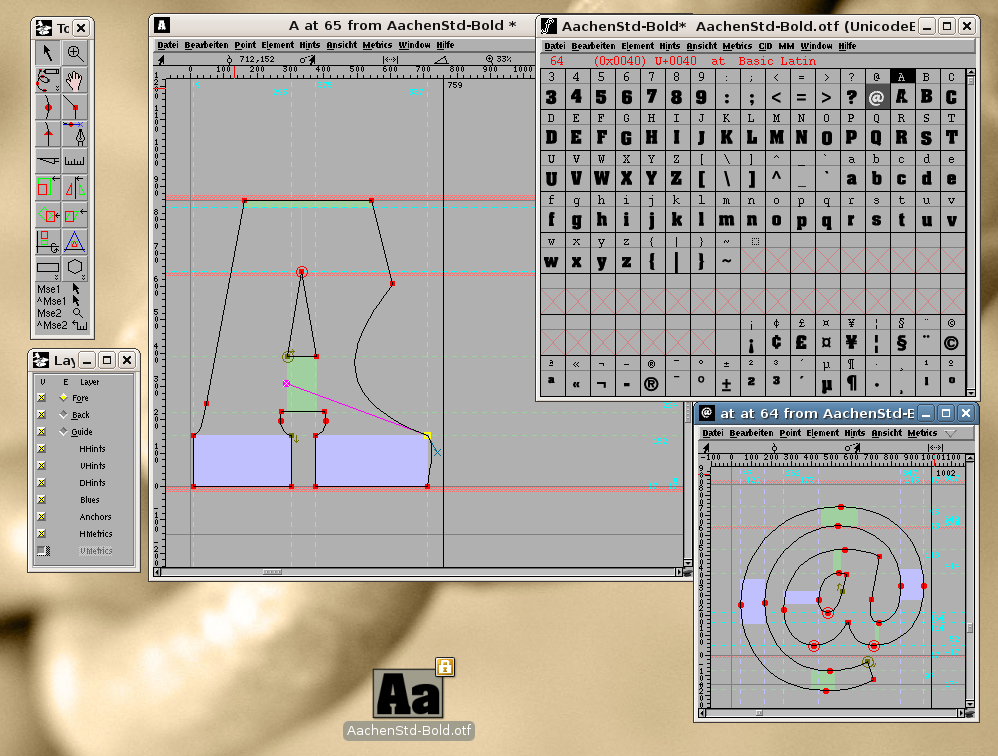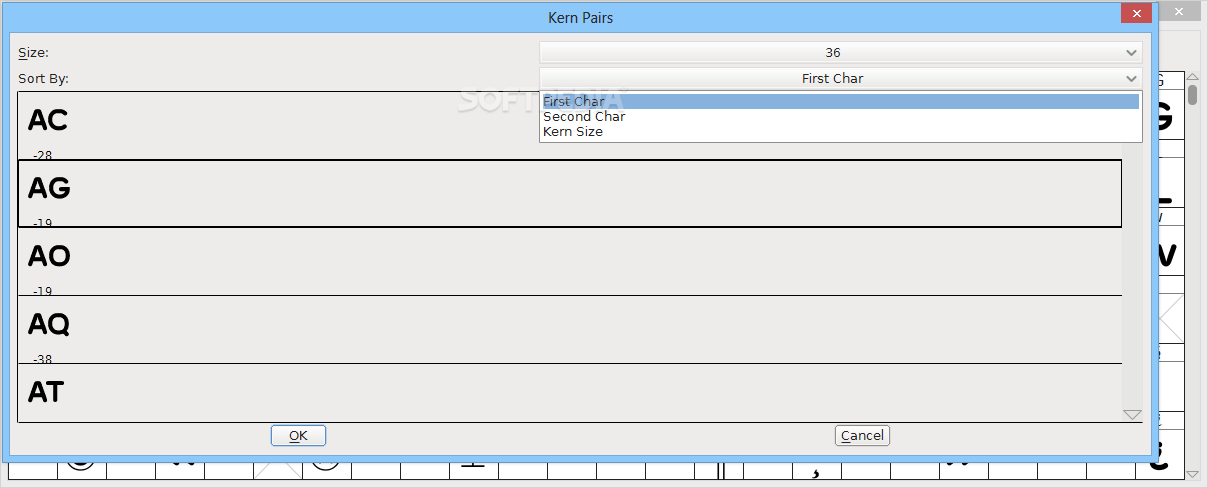
Adobe finished converting their entire font library to OpenType toward the end of 2002. īy 2001 hundreds of OpenType fonts were on the market. OFF is a free, publicly available standard. Since then, OFF and OpenType specifications have been maintained in sync. The second edition of the OFF was published in 2009 (ISO/IEC 14496-22:2009) and was declared "technically equivalent" to the "OpenType font format specification". The initial standard was technically equivalent to OpenType 1.4 specification, with appropriate language changes for ISO.
FONTFORGE SUPPORT CJK EXTENSION B ISO
Adoption of the new standard reached formal approval in March 2007 as ISO Standard ISO/IEC 14496-22 (MPEG-4 Part 22) called Open Font Format (OFF, not to be confused with Web Open Font Format), sometimes referred to as "Open Font Format Specification" (OFFS). Then, in late 2005, OpenType began migrating to an open standard under the International Organization for Standardization (ISO) within the MPEG group, which had previously (in 2003) adopted OpenType 1.4 by reference for MPEG-4. The name OpenType was chosen for the joint technology, which they announced later that year.Īdobe and Microsoft continued to develop and refine OpenType over the next decade. The two companies combined the underlying technologies of both formats and added new extensions intended to address their limitations. The joint effort intended to supersede both Apple's TrueType and Adobe's PostScript Type 1 font format, and to create a more expressive system that handles fine typography and the complex behavior of many of the world's writing systems. Adobe joined Microsoft in those efforts in 1996, adding support for the glyph outline technology used in its Type 1 fonts. Those negotiations failed, motivating Microsoft to forge ahead with its own technology, dubbed "TrueType Open" in 1994.
FONTFORGE SUPPORT CJK EXTENSION B LICENSE
OpenType's origins date to Microsoft's attempt to license Apple's advanced typography technology GX Typography in the early 1990s. The specification germinated at Microsoft, with Adobe Systems also contributing by the time of the public announcement in 1996.īecause of wide availability and typographic flexibility, including provisions for handling the diverse behaviors of all the world's writing systems, OpenType fonts are used commonly on major computer platforms. OpenType is a registered trademark of Microsoft Corporation.


Derived from TrueType, it retains TrueType's basic structure but adds many intricate data structures for describing typographic behavior.

OpenType is a format for scalable computer fonts.


 0 kommentar(er)
0 kommentar(er)
